
Mick Tsikas/AAP
Adrian Beaumont, The University of MelbourneIn the latest Resolve poll for Nine newspapers, the Coalition had 38% of the primary vote (down two since June), Labor 35% (down one), the Greens 12% (up two) and One Nation 4% (up one).
This is based on a sample of 1,607, conducted from July 13 to July 17.
Two party estimates are not provided by Resolve, but The Poll Bludger estimates 51.5-48.5 to Labor from these primary votes, which is a one-point gain for Labor.
Negative ratings for Joyce, Morrison and Albanese
Of those surveyed, 45% said they had a negative view of Nationals leader and Deputy Prime Minister Barnaby Joyce. Just 16% had a positive view, for a net likeability of -29. Former Nationals leader Michael McCormack had a 17% negative, 11% positive rating for a net -6 in June.
This poll suggests the ousting of McCormack in favour of Joyce could hurt the Coalition, as I wrote about last month.
Read more:
Labor regains Newspoll lead as COVID crisis escalates; is Barnaby Joyce an electoral asset?
Also in the Resolve poll, 46% (up six) gave Prime Minister Scott Morrison a poor rating for his performance in recent weeks and 45% (down three) a good rating. Morrison’s net -1 rating is his first negative rating from any pollster since the COVID pandemic began, though Resolve’s ratings are harsher than other pollsters.
Labor leader Anthony Albanese’s net rating fell three points to -16. Morrison continued to lead Albanese by 45-24 as preferred prime minister (46-23 in June).
On COVID, voters thought lockdowns and border restrictions should be gradually eased over the coming months as more people are vaccinated by a margin of 54-19%. By 54-19%, they thought fully vaccinated people should be given more freedom, though they believed (45-34%) this should not occur until everyone has had an opportunity to be vaccinated.
On economic management, the Liberals and Morrison led Labor and Albanese by 41-25% in July (43-20% in June). On COVID management, the Liberals led by 37-25% (40-20% previously).
Essential voting intentions, and anti-vaxxer sentiment
The Essential poll no longer publishes voting intentions with each poll. Instead they release them every few months for all polls they conducted during that period. Essential’s voting intentions numbers include undecided voters.
Last week’s Essential report gave Labor a 47-45% lead with 8% undecided. If undecided voters are removed (as other pollsters do), Labor led by 51-49.
Read more:
Labor gains clear Newspoll lead during Sydney lockdown, but will the economy save the Coalition?
This is a slightly different result from early July when Labor led by 48-44 (52-48 without undecided). They have led by two or four points since April. The Poll Bludger said applying last election preferences instead of respondent preferences to the current poll gives Labor above a 52-48 lead,
With the Sydney and Melbourne lockdowns, anti-vaxxer sentiment has dropped. In Essential, 11% (down five from early July) said they’d never get vaccinated, and 27% (down six) said they’d get vaccinated but not straight away. In Resolve, 21% (down eight since May) said they were unlikely to get vaccinated.
The federal government had a 46-31 good rating for response to COVID in Essential, slightly better than 44-30 in early July, but a long way below the 58-18 rating in late May, before the Victorian and NSW outbreaks. 54% (down three) gave the NSW government a good rating.
Morgan poll and BludgerTrack poll aggregate
A Morgan poll, conducted over July 10-11 and 17-18 from a sample of over 2,700, gave Labor a 52.5-47.5 lead, a 2% gain for Labor since mid-June. Primary votes were 39% Coalition (down 2.5%), 37% Labor (up 2.5%), 11.5% Greens (down 0.5%) and 3% One Nation (down 0.5%).
With polls from Newspoll, Resolve, Essential and Morgan, the Poll Bludger’s BludgerTrack aggregate of recent polls has Labor ahead by 52.0-48.0, from primary votes of Coalition 39.8%, Labor 37.3%, Greens 10.7% and One Nation 2.9%. Labor has been gaining during this year.
NSW Coalition retains large lead in Resolve state poll
In a Resolve NSW poll for The Sydney Morning Herald, Berejiklian’s Coalition had 43% of the primary vote (down just one point since May), Labor 28% (steady), the Greens 12% (steady) and the Shooters, Fishers and Farmers 1% (down three).
This poll was conducted at the same time as the federal June and July Resolve polls from a sample of 1,100. While the July poll was conducted during Sydney’s lockdown, the June poll
occurred after Jodi McKay was ousted in favour of Chris Minns as Labor leader, owing to a disappointing result in the May 22 Upper Hunter byelection.
Read more:
Coalition has large lead in NSW as Nats easily hold Upper Hunter at byelection
The Sydney Morning Herald’s poll article says the Coalition’s position was worse in July than in June. With NSW’s optional preferential voting, the Coalition would lead by around 55-45 from these primary votes. Incumbent Gladys Berejiklian led Minns as preferred premier by 55-16 (compared to 57-17 vs McKay in May).
In questions on the outbreak (only asked of the July sample), 56% thought Sydney was too slow to go into lockdown and 52% said the government should have been more proactive in urging people to get vaccinated. Almost half (46% agreed) the state has handled the outbreak well.
In Essential, 44% of NSW respondents (down seven since early July) thought NSW had moved at about the right speed to enforce lockdown restrictions. But 44% (up five) thought NSW was too slow, and 12% (up two) too quick.
Other states were unsympathetic to NSW, bringing the national figure to 56% for too slow, 34% for about right and 10% for too quick.
Labor easily holds Stretton at byelection
A state byelection for the Queensland Labor-held seat of Stretton occurred on Saturday. It was caused by the death of the previous member, Duncan Pegg.
With 73% of enrolled voters counted, the ABC’s results currently give Labor a 63.8-36.2 win over the LNP, a mere 1.0% swing to the LNP from the 2020 election. Primary votes are 56.6% Labor (no change), 32.7% LNP (up 2.5%) and 6.5% Greens (down 2.2%). The anti-vaxxer Informed Medical Options Party won just 2.5%.
Parties defending seats at byelections normally suffer from the loss of the previous MP’s personal vote. State Labor has held government since 2015, so this is a good result for them. 62% of Queensland respondents in Essential gave their government a good rating on dealing with COVID.![]()
Adrian Beaumont, Honorary Associate, School of Mathematics and Statistics, The University of Melbourne
This article is republished from The Conversation under a Creative Commons license. Read the original article.

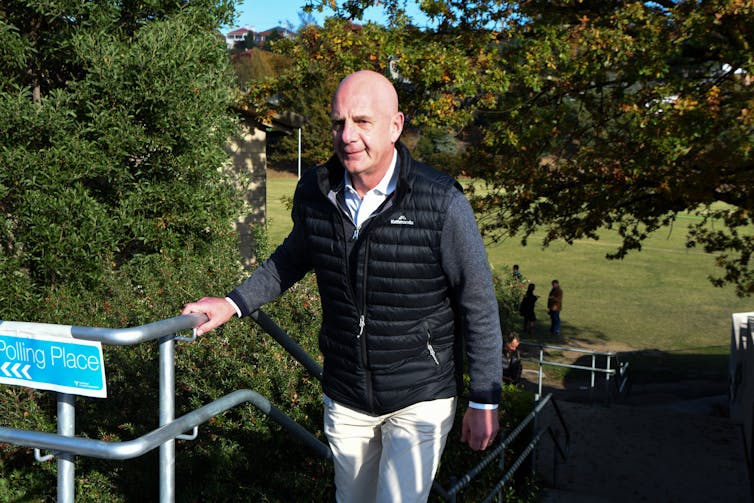

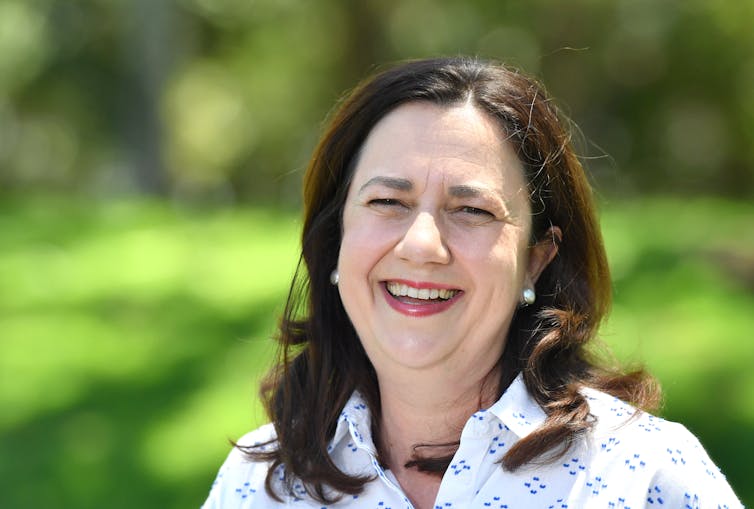
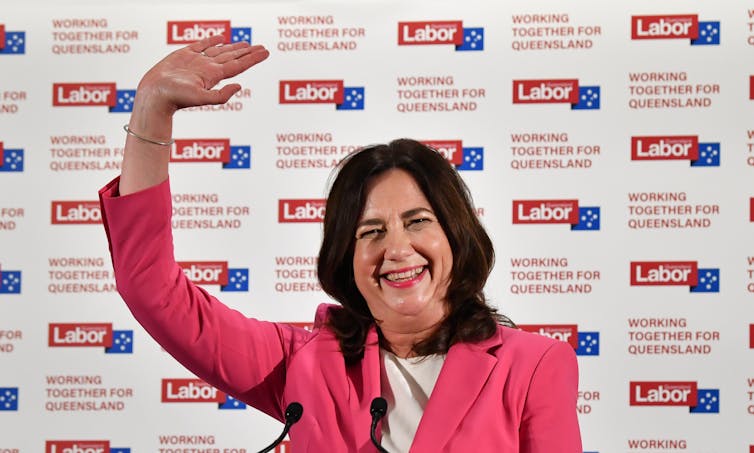
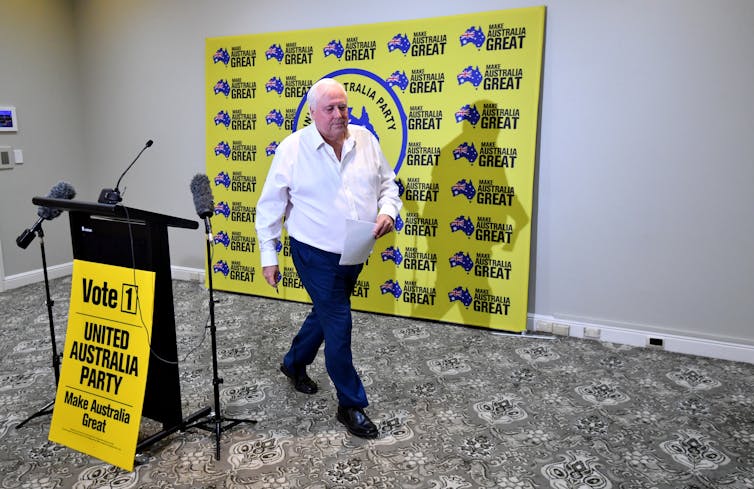
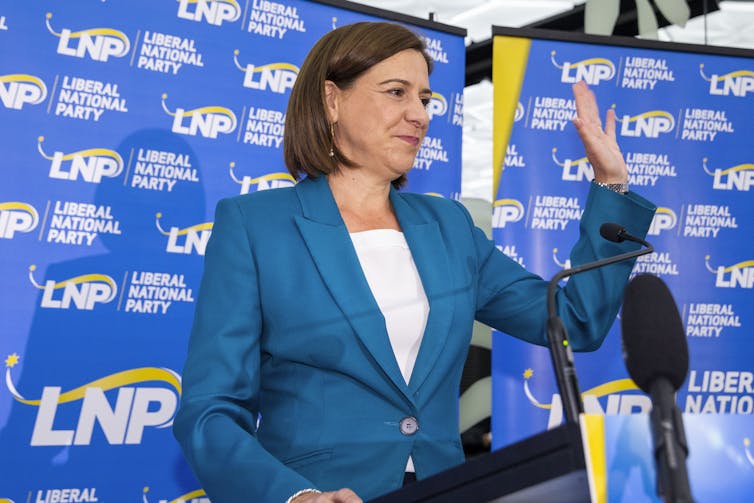
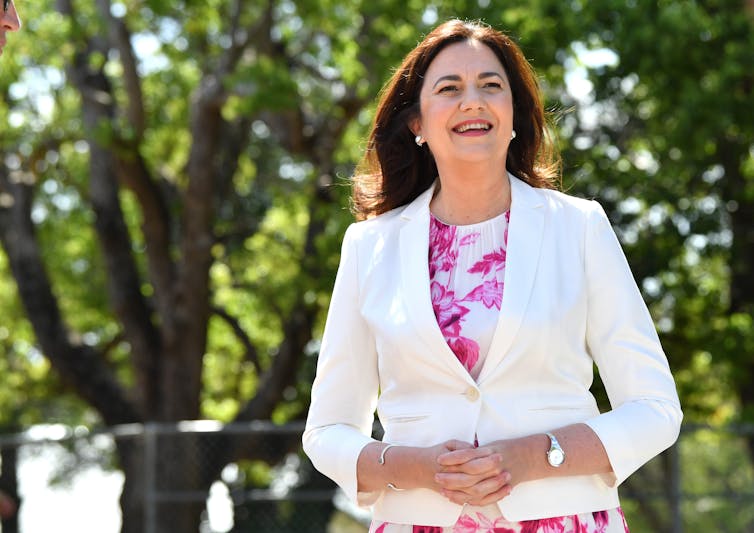

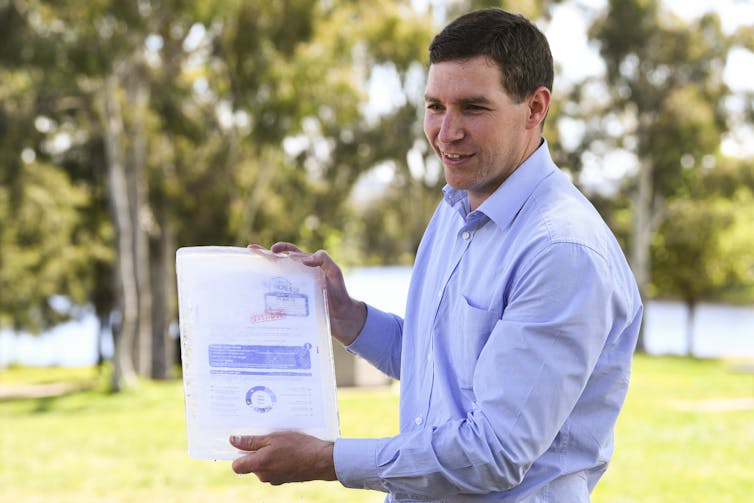
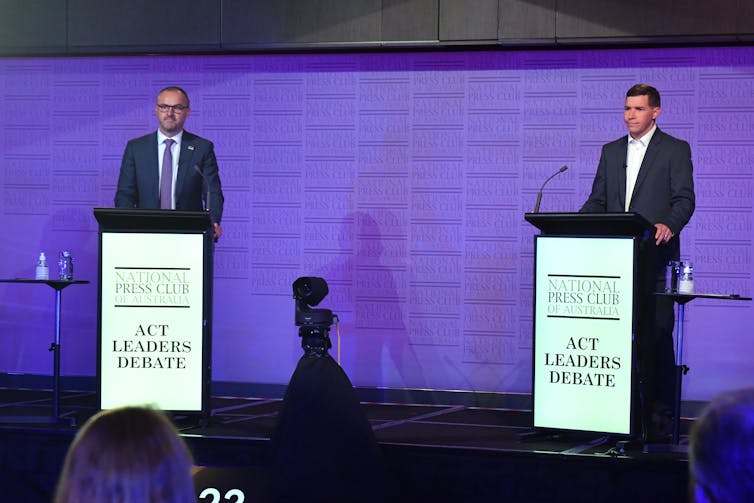

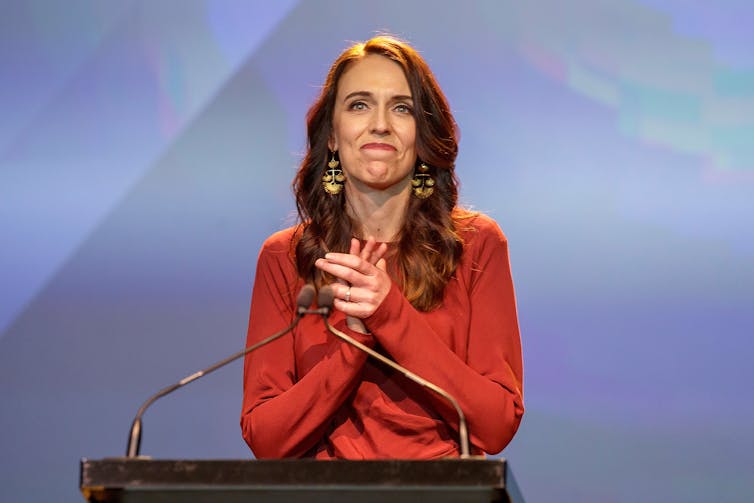



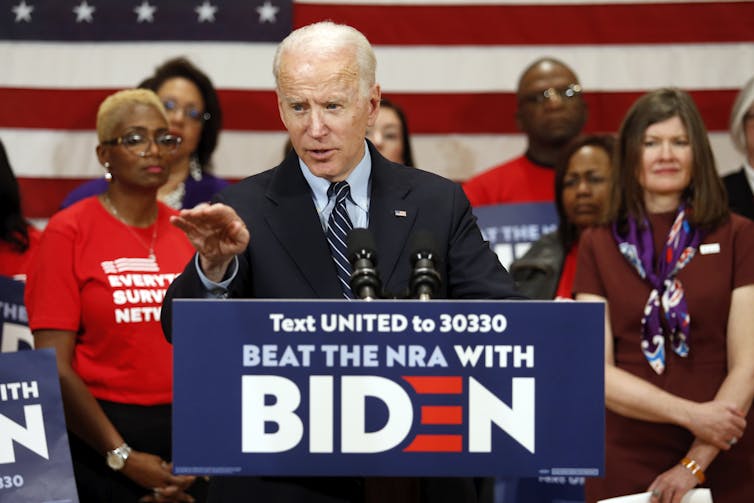
You must be logged in to post a comment.